WHOIS at United Domains provides precise insights into domain information and effective data protection solutions at the same time. With functions such as Domain Privacy, United Domains protects sensitive contact data from unwanted publication.
Key points
- WHOIS-queries provide domain ownership information
- United Domains offers data protection through domain privacy
- DSGVO influences the visibility of personal data
- User-friendly interface for simple queries
- Mediation service for WHOIS requests according to data protection
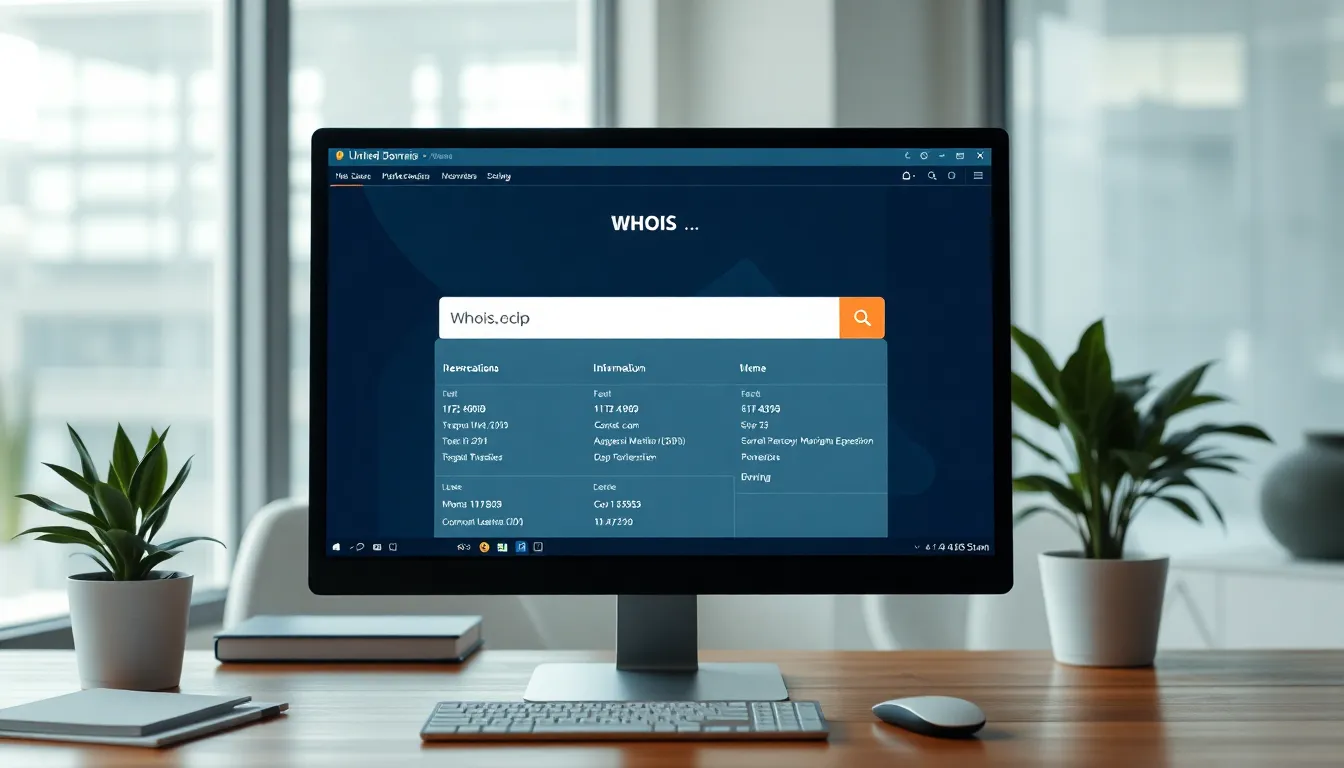
What makes WHOIS so useful?
I use WHOIS to access important information to find out who owns a domain, when it was registered and with which registrar it is administered. The protocol works on the basis of internationally valid ICANN regulations. This is particularly helpful for legal questions, the protection of intellectual property or contacting technical contacts. A WHOIS query uncovers any trademark infringements and helps to monitor domains in a targeted manner. Stored data is saved in a globally synchronized database.
The most important information I receive from a WHOIS query is:
- Domain owner: Name and, for older data records, address or e-mail
- Registrar: Provider for technical processing
- Nameserver: Resolution of the domain in IP addresses
- Validity period: Registration and expiration dates
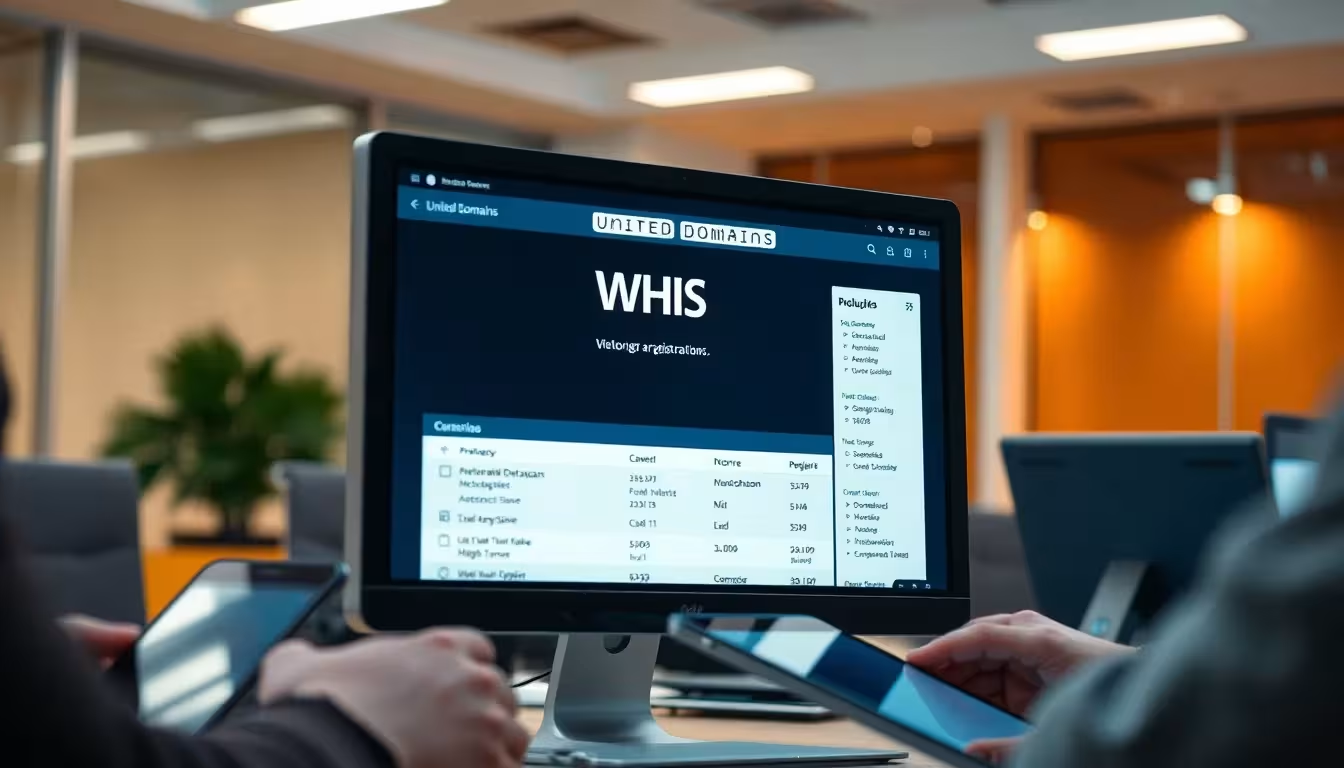
Data protection through domain privacy
United Domains attaches great importance to the protection of sensitive data. With the function Domain Privacy I conceal my personal details in WHOIS entries. This means that the domain holder's address and e-mail address do not appear in the public database. Instead, placeholders are used to forward requests to an electronic exchange of United Domains. This allows me to remain reachable - without disclosing my contact details.
Especially for domains with high visibility, such as companies or organizations, I use domain privacy to reduce the risk of spam, phishing or identity theft. This protective measure can be used for numerous endings such as .com, .net or .org. Nevertheless, it is important to check whether the desired domain extension supports the service. In this way, unpleasant surprises can be avoided before a domain is bindingly registered.
For me as a domain owner, Domain Privacy therefore offers a sensible compromise between public accessibility and the desired anonymity. At the same time, technical and administrative management, such as name server configurations, remains unaffected. I ensure that my domain continues to function correctly and can be accessed by visitors without any problems.
How the WHOIS query works at United Domains
On the United Domains website, I simply enter the desired domain name in the WHOIS search mask in. The platform then displays publicly available information about the domain, provided it complies with current data protection regulations. If Domain Privacy is activated, the personal data remains anonymized. Technically, the WHOIS query is based on a standardized protocol that communicates with the WHOIS server via TCP port 43.
Requests for domains with GDPR relevance are handled in a controlled manner. United Domains acts as an intermediary if there are legitimate reasons such as technical faults or legal violations. This is done in a structured process in order to combine data protection with legitimate interest. In this way, I am not excluded as a requestor from the outset, but I only get access to personalized data if there is a sufficient concern. This creates a regulated framework that protects both domain owners and requesters.
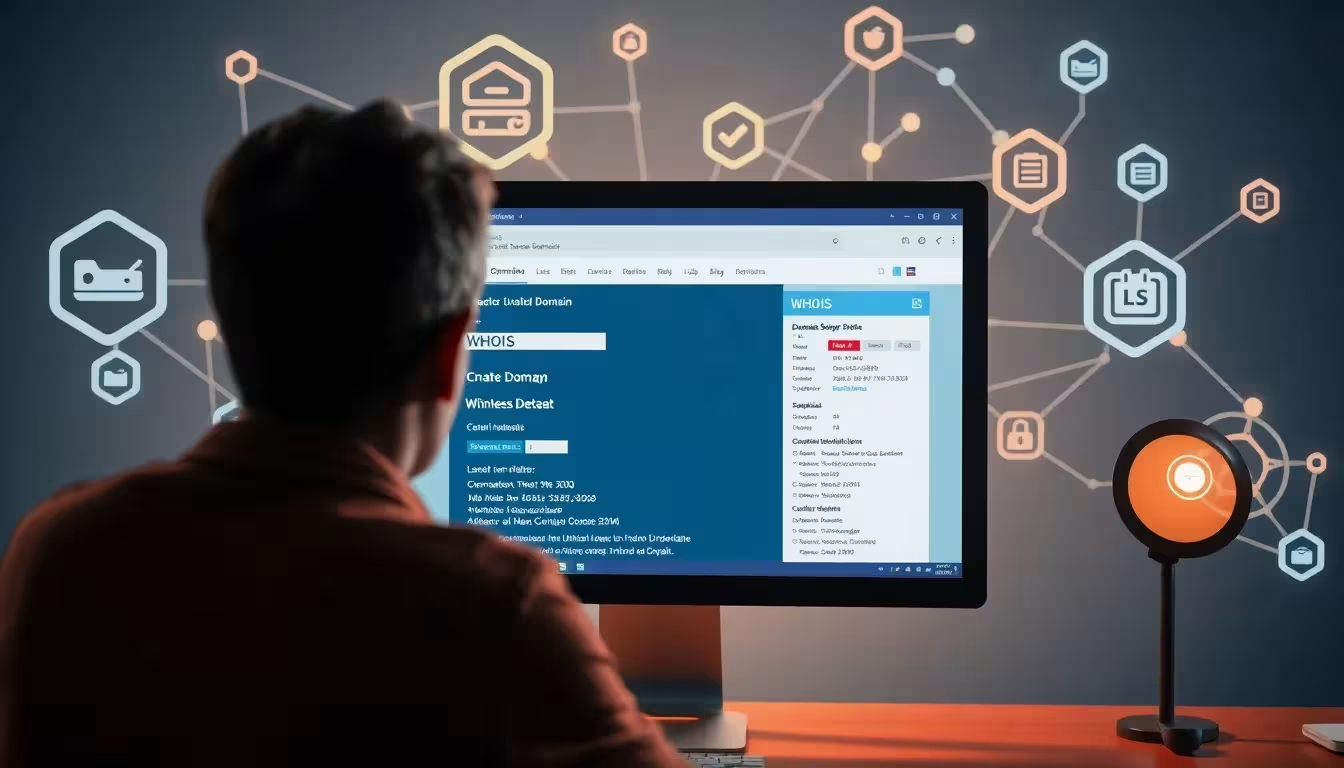
Impact of the GDPR on WHOIS
Since the General Data Protection Regulation came into force on May 25, 2018, access to WHOIS data has changed considerably. Since then, I have only seen technical data such as name servers or registration times as publicly viewable information. Personal data such as the owner's name, address or email address are hidden by default for European registrations. Some international registries are also adapting to the GDPR.
United Domains carries out an internal check for a request with legitimate interest before forwarding the contact. This measure not only protects domain owners, but also creates legal clarity. For people in the EU in particular, this means that sensitive information will not be published without consent. At the same time, it raises awareness of data protection on a global level, as many registries outside the EU have adapted some of their data protection standards to prevent legal conflicts.
However, the GDPR influences go beyond the mere hiding of personal data. The question of the extent to which technical contacts or administrative contacts are published is also more strictly regulated. Overall, this leads to greater sensitivity in the handling of personal data, which offers domain owners additional security. However, for people pursuing potential disputes in trademark law or other contexts, it often means an additional bureaucratic step before they can obtain relevant information - the balancing act between data protection and legitimate interests.
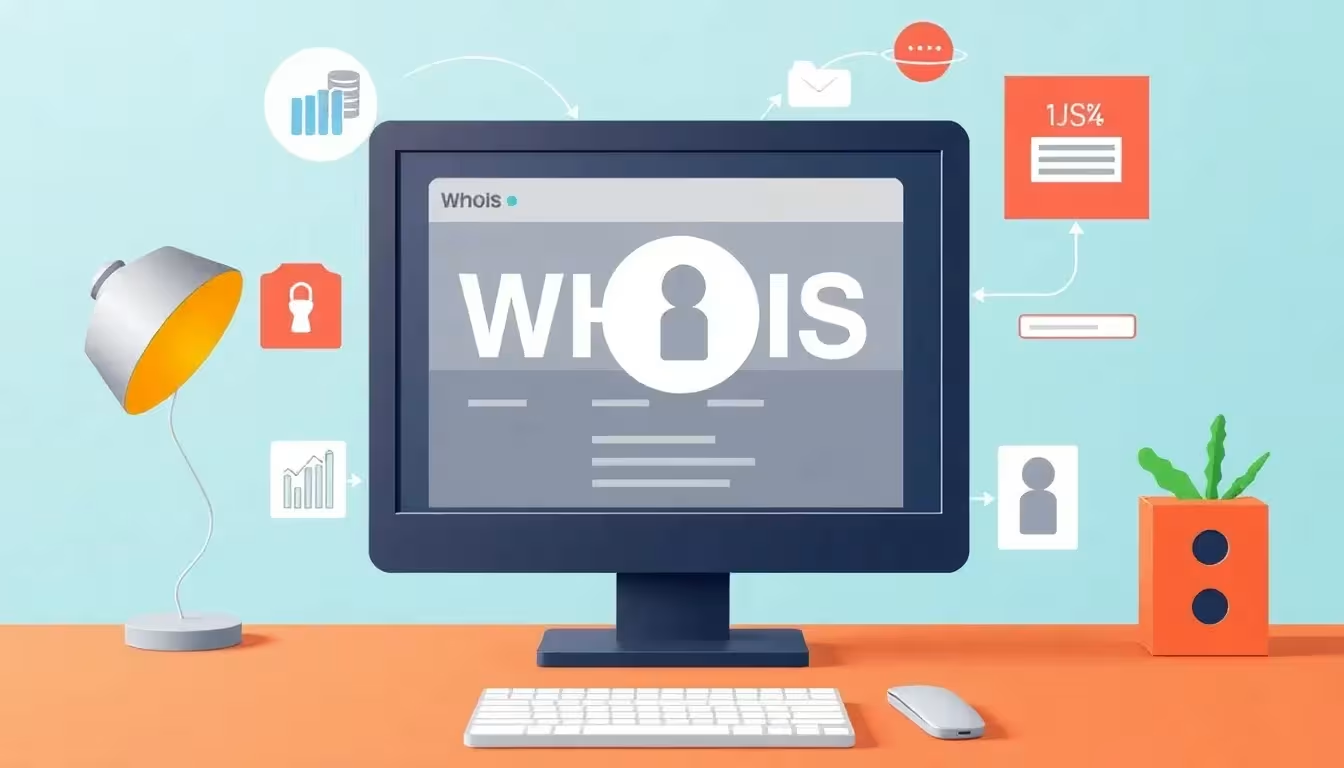
Historical development of WHOIS
WHOIS was originally developed at a time when the Internet was still a small network of scientific institutions. At that time, the main aim was to contact the owner or administrator of a domain quickly and easily in the event of technical problems. Personal data such as name or address were stored in plain view, as the concept of comprehensive data protection did not yet exist on the Internet.
However, with the rapid growth of the internet and the increasing number of commercially used websites, the need for security and data protection has changed significantly. More and more people started registering private domains. Sensitive information in the WHOIS, such as residential addresses or telephone numbers, could thus be misused - for example through spam, unwanted advertising calls or even identity theft. This created the need for solutions such as domain privacy and stricter legal regulations, which ultimately culminated in the GDPR.
In the course of this development, almost all major domain registrars now offer the option of using dummy addresses or proxy services to protect their customers' personal data. United Domains is particularly active in this area and relies on a reliable and transparent implementation in which legal inquiries can be forwarded but no longer end up unfiltered with the domain holder. This ensures that old and new WHOIS requirements are met in equal measure: rapid contact in the event of technical problems while at the same time safeguarding privacy.
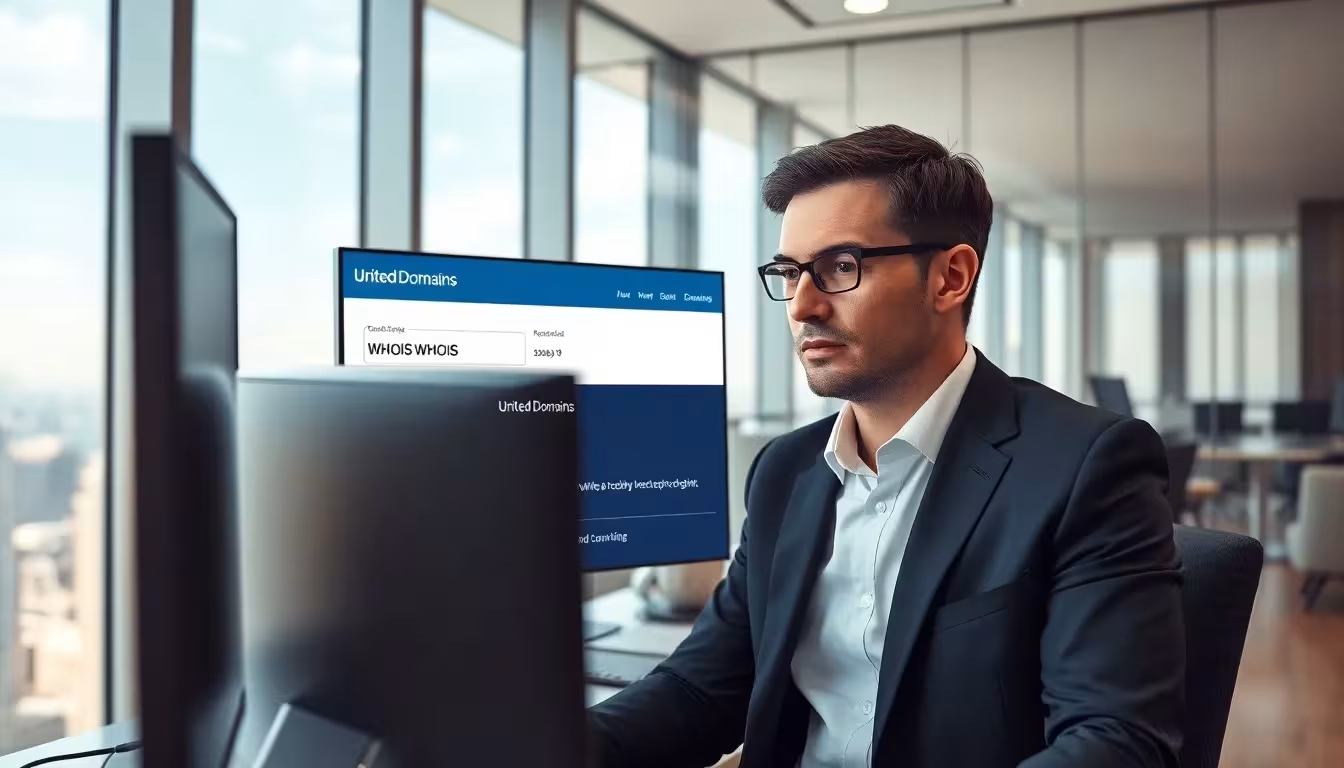
Differences between WHOIS information with and without domain privacy
The following table illustrates how WHOIS data differs with and without activated domain privacy:
| Data field | With Domain Privacy | Without domain privacy |
|---|---|---|
| Name of the owner | Hidden (e.g. "Domain Privacy Service") | First/last name visible |
| E-mail address | Anonymous forwarding channel | Directly visible |
| Phone number | Hidden | If applicable, visible on WHOIS servers outside the EU |
| Nameserver & Registrar | Visible | Visible |
If you look at this comparison, it becomes clear that domain privacy is a relevant solution for many website operators. It reduces unwanted requests and thus effectively protects against unauthorized contact. However, it should be noted that some domain endings (e.g. certain country-specific TLDs) are subject to their own regulations and domain privacy is only available there to a limited extent or not at all. Anyone planning to launch a project with an exotic ccTLD should therefore find out in advance which WHOIS regulations apply to this extension.
Technical and administrative contact information
In addition to the actual owner, further contacts are stored in each WHOIS data record. The "Administrative Contact" and "Technical Contact" fields provide information about those responsible for organizational or technical matters. These are often agencies, hosters or the operator themselves. This information helps me to quickly reach the right contact person in the event of malfunctions, for example, or to get in touch in the event of technical changes. Data protection by United Domains also applies here if Domain Privacy is activated.
In many cases, the so-called Admin and Tech-C contacts provide a clear line of responsibility. I can easily find out whether different people are responsible for different areas of the domain or whether everything is in one hand. This is particularly useful transparency for larger companies and corporations, which often involve several departments or external service providers. Without a WHOIS query, it could be more difficult to locate the right contact person. On the other hand, these contact details also entail a responsibility under data protection law, which is why domain owners should ensure that they only provide relevant persons and their data.
Tips for the optimal use of domain privacy
In order for Domain Privacy to unfold its full potential, it is advisable to regularly check the data maintenance in the United Domains account and keep it up to date. If, for example, your own e-mail address changes or the contact person in the company changes, the new contact should be entered in the customer account immediately. This ensures that the anonymized redirects reach the correct recipient.
In the event of a possible domain transfer, you should also check in advance whether the new target registrar company has implemented domain privacy in the same way or at least in a similar way. Sometimes the data protection products differ in their function, which in the worst case can lead to personal data suddenly appearing publicly in the WHOIS after the transfer. A close look at the product description and a timely consultation with the support team will save you from unpleasant surprises and unnecessary additional costs.
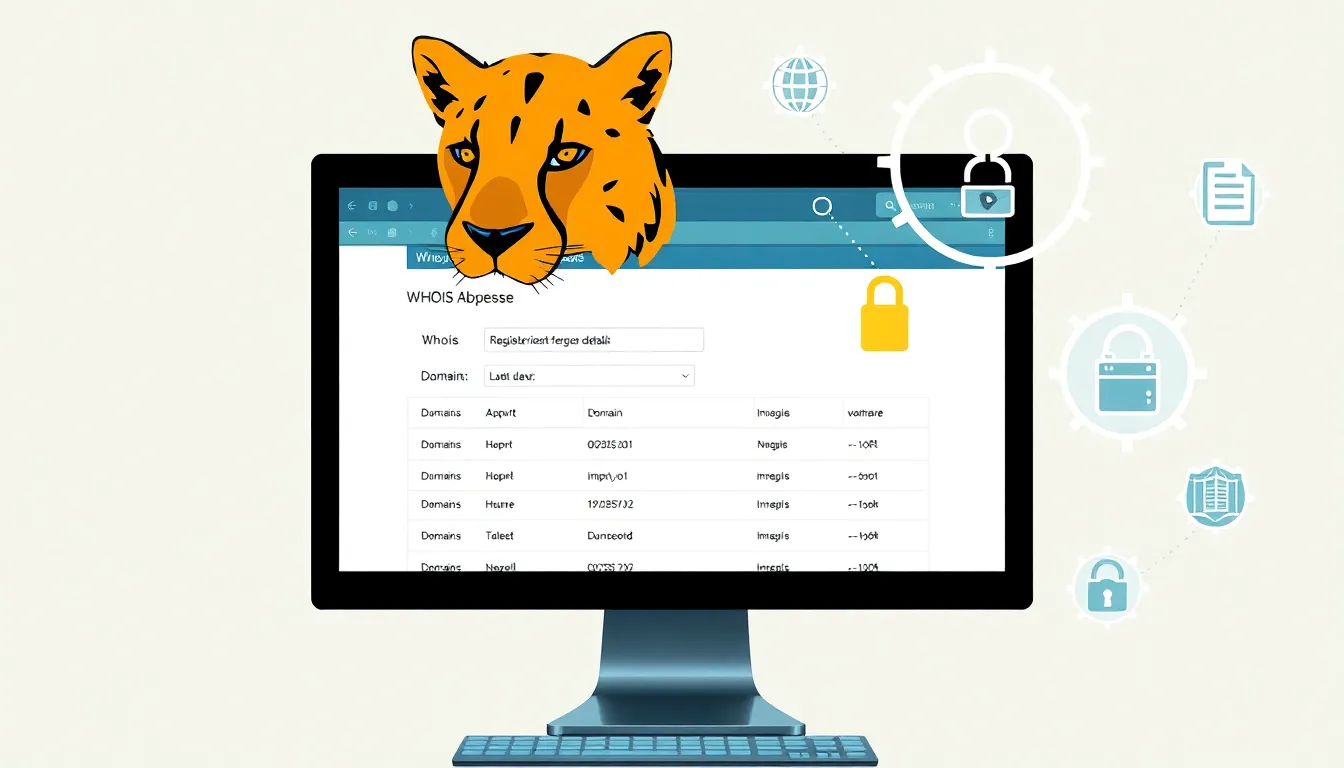
Register domain and activate WHOIS
Registration via United Domains is uncomplicated for newcomers. I first check the availability online my desired domain. As soon as I have found a free domain, I initiate the ordering process directly via the website. During the ordering process, I select whether Domain Privacy should be set up at the same time - this protection is included free of charge for many domain endings.
Once registration is complete, the new domain will appear in the personal customer account within a few minutes. Depending on the domain extension, it can take up to 24 hours for the WHOIS entries to be updated worldwide. In the long term, it is worth taking a look at the renewal periods. This allows me to plan better whether I want to register my domain for several years in advance or just renew it year by year. Depending on the TLD, this can lead to different cost structures.
The activation of WHOIS queries is a continuous process in the background. As soon as I successfully register a domain, it is usually also listed in the WHOIS database. With Domain Privacy, I control how much of it is visible to the outside world in the customer account. This means that I have my online data sovereignty in my own hands.
How do I find the right hosting solution for my domain?
The choice of stable hosting is essential. United Domains offers companion solutions that I can combine with my domain. For an objective comparison, I take a look at the Hosting comparison for United Domains to differentiate between performance, price and features. This is how I decide for sure whether, for example, e-mail or website storage should be covered at the same time.
Depending on the requirements of my project, it sometimes makes sense to choose a larger package that offers more storage space, increased performance reserves or additional security functions. Especially if I am planning to run an extensive e-commerce project, it pays off to opt for hosting that is designed for high visitor numbers right from the start. If, on the other hand, you only want to create a small website, you can limit yourself to the basic packages - in all cases, the WHOIS system remains functional in the background without restriction.
Domain disputes and arbitration courts
An often underestimated aspect of dealing with domains are disputes that can arise with certain domain names. For example, if protected brand names are contained in the domain or if a third party claims to have the rights to a name. In such cases, WHOIS is an important first step in finding out who is behind the domain or who is its technical administrator. Although personal data can remain hidden thanks to Domain Privacy, a request for the release of contact data can be made if there is a legitimate interest.
In the event of serious conflicts, arbitration tribunals or court proceedings can decide whether a domain must be transferred or deleted. Organizations such as the WIPO (World Intellectual Property Organization) offer arbitration proceedings. Time is often of the essence here: If you want to act quickly and with legal certainty, you should know how to locate the people who are actually responsible. A registrar such as United Domains can act as an intermediary here and ensure data protection.
In such cases, it is also advisable to consult experts in the field of IT law or trademark law. For larger companies in particular, it is common for a legal department or an external lawyer to contact the domain holder (or registrar) directly in order to quickly clarify misunderstandings or conflicts. WHOIS and domain privacy form the basis for communication that respects the privacy of the parties involved and still enables a regulated exchange.
Relevance of the WHOIS query for companies and projects
Anyone pursuing commercial goals with their website should not underestimate the importance of WHOIS. I use it to check whether my domain is properly registered and whether there are any name conflicts. The same applies when researching potential domains for projects, brands or new business areas. I can avoid costly disputes in trademark law by transparently retrieving WHOIS data.
Project takeovers or domain purchases are also facilitated by WHOIS. I can see when a domain was registered, which renewal periods exist and who is currently the rightful holder. I save this information for the strategic development of projects or domain trading. In addition, there is often a certain "domain history" that can reveal whether a domain has already been misused for spam or other dubious activities. A quick look at the WHOIS archive and corresponding tools then provides information on whether a history could lead to potential reputation problems.
Companies that manage several hundred or even thousands of domains benefit greatly from a structured WHOIS query. This allows me to maintain an overview of all digital assets, plan processes and renewals and avoid possible duplicate registrations. Trademark infringements can also be detected at an early stage if someone tries to register slightly modified domain names (typo squatting). Professional domain management therefore includes regular WHOIS checks and an active approach to domain privacy.
Clarity in domain management thanks to WHOIS
Whether I am an individual, freelancer or company: WHOIS gives me transparency about digital ownership. Thanks to integrated data protection functions such as Domain Privacy, United Domains reliably protects its customers' data. For me, this means control over my digital identity without unnecessary risks. The ease of use of the tool and the legally compliant implementation of the GDPR guidelines make WHOIS via United Domains a clear recommendation for anyone who wants to manage domains professionally.
In my experience, the combination of WHOIS, the right domain privacy and careful administration forms the foundation of a trustworthy online presence. At the same time, it underlines the company's own claim to professionalism: important contact points are accessible via WHOIS and yet far away from public access to personal data. This makes it possible to combine the best of both worlds - transparency and data protection.
As the Internet is subject to constant change, it will be interesting to see how WHOIS and domain privacy develop in the coming years. New technologies, changes in data protection laws or increased agreements between registries and international organizations may make further adjustments necessary. On the other hand, the demand for even more comprehensive protection will also grow, which may lead to innovative solutions that give current domain holders even more security.



